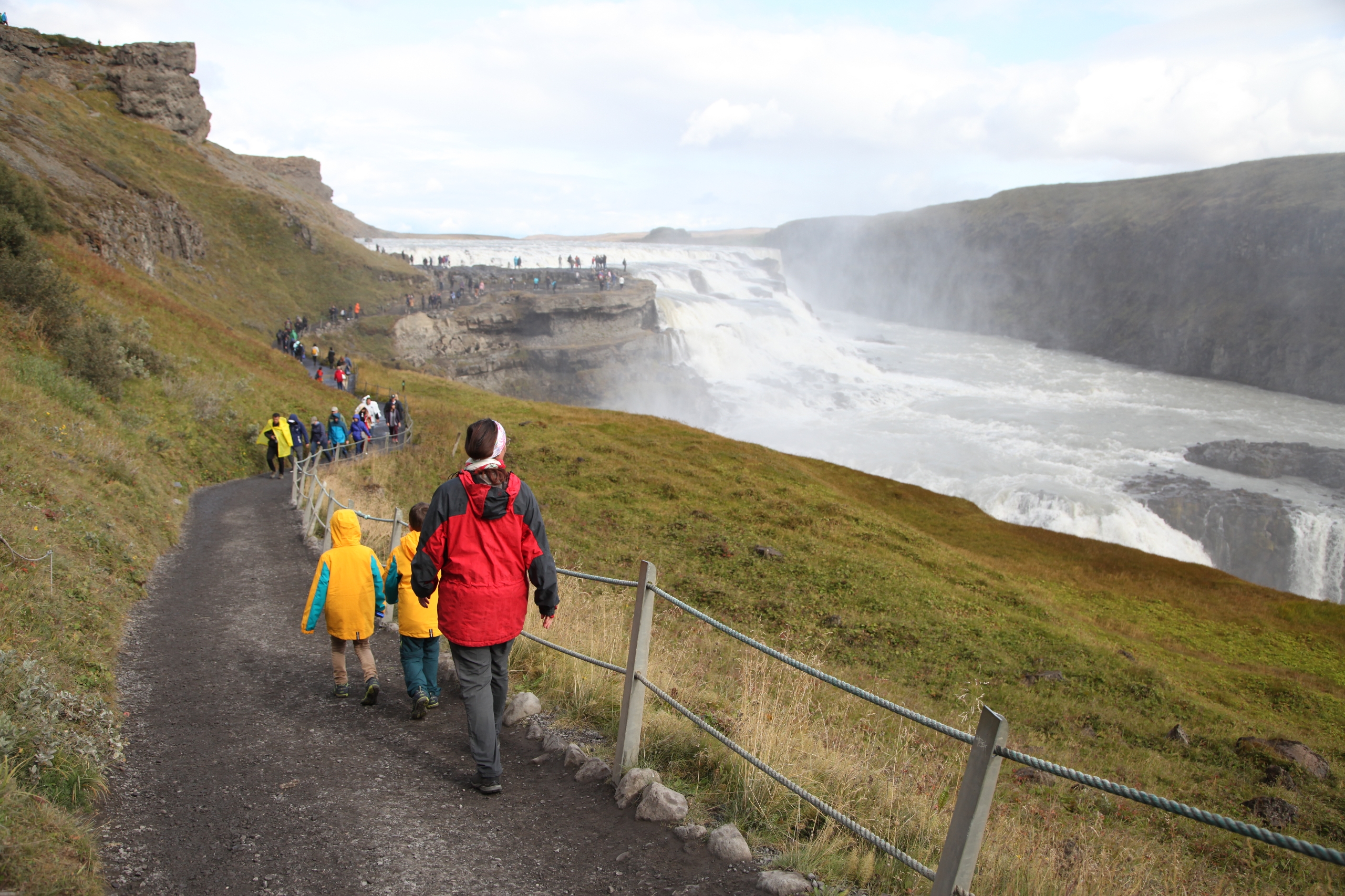After years of over-tourism concerns, Iceland now has the opposite problem
While the tourism industry has been hard hit, Icelanders aren't overly worried about its future.
COPENHAGEN — Icelanders seem to have found the best way to keep the island free of the coronavirus while welcoming tourists at the same time.
Arrivals reaching Keflavik airport, near Reykjavik, are offered coronavirus tests on landing. Priced at only $64-79, it enables them to avoid having to undergo a 14-day quarantine.
After that’s done with, everything is as it always was before the outbreak — the hotels, the restaurants and car rentals, says Sigridur Dogg Gudmundsdottir, who runs Visit Iceland, a tourism organization.
The great thing is how sparsely populated Iceland is, she says.
“With a population of 360,000 living on an island a third of the size of Germany, it’s emptier than any other country in Europe,” she says.
“It’s the perfect place for social distancing,” she says. “It’s really easy to enjoy being out in the countryside without running into loads of people.”
[Iceland reports fewer visitors, longer stays in 2019]
Nonetheless, the tourism industry is concerned about the fallout of the pandemic and is adapting to attract domestic travellers too.
Before the outbreak of the coronavirus, only one in 10 tourists came from Iceland, but this is set to increase, says Gudmundsdottir.
She now sees that domestic travel is increasing — one of the few positive effects of the coronavirus outbreak.
“We suddenly travel our own country in greater numbers than before, and at the same time we discover what tourism has brought in terms of both services and infrastructure. It is good that we appreciate our country more.”
Her concern is founded on the sobering comparison that more than 120,000 people came to Iceland in April 2019 — which fell to 924 people the same month in 2020, as the pandemic ravaged Europe.
After years of steep growth, Iceland’s tourism industry has reached almost a standstill, a loss that could run into the billions.
[Arctic tourism businesses fear they won’t survive the coronavirus crisis]
But Icelanders are optimistic, even if most in Reykjavik realize that it will take a while to rebuild the numbers from the last few years.
The growth all started with Eyjafjallajokull erupting in 2010, putting the country on the map. By 2018, the country was welcoming 2.3 million visitors from abroad, up from an average of 500,000.
Icelanders were happy with the numbers in 2019 — a solid 2 million that everyone felt would be fine as a standard to ensure tourism to geysers, waterfalls and hot water sources stayed sustainable.
Then came the virus, the cancellations, the restrictions — and the number of passengers landing at Keflavik shrank to almost nil.
The 924 guests in April 2020 was around the same number as arrived in 1961, according to broadcaster RUV. May 2020 saw thin pickings too, with 1,035 travellers reportedly landing at the airport, a 99.2-percent fall compared to the same month a year before.
“Things were looking pretty good for 2020,” Gudmundsdottir says. There’s no way it can look like the previous years now, she adds.
As everywhere else, for those who own restaurants, hotels or tour operators, that has meant difficulties.
Iceland’s government is trying to help, allowing people to defer their taxes and dropping taxes on overnight stays for now.
But the damage is expected to be sizeable: In 2019, tourists from abroad spent some 383 billion krona ($2.8 billion). A year later, some 250 billion to 300 billion krona less is expected.
“We don’t know how many tourists will come to Iceland,” says Iceland’s Tourism Minister Thordis Kolbrun Gylfadottir.

Icelanders used to try and assess how many tourists could go to sights that are particularly popular without overwhelming them completely. “We were concerned about possible over-tourism in certain places. Now we’re more worried about under-tourism,” she says.
There is hope, particularly given that there have barely been any new infections among Icelanders in weeks.
Plus, people are starting to come back.
“This was a shock, but we know that we will be able to get back on our feet,” says Gylfadottir. What matters is that the situation improves elsewhere too, she says, like in the United States.
Iceland welcomes more tourists from the U.S. than any other nation.


